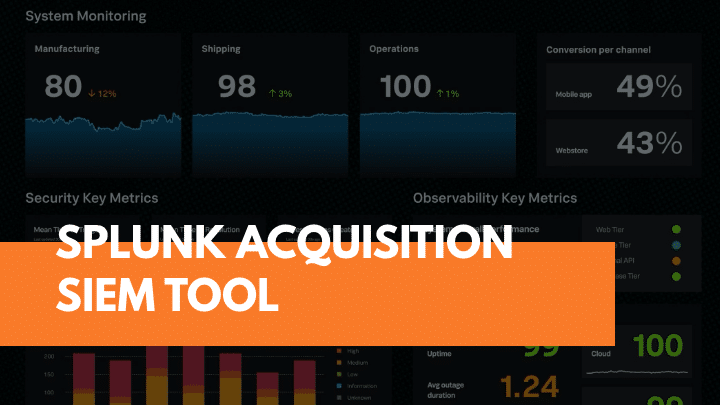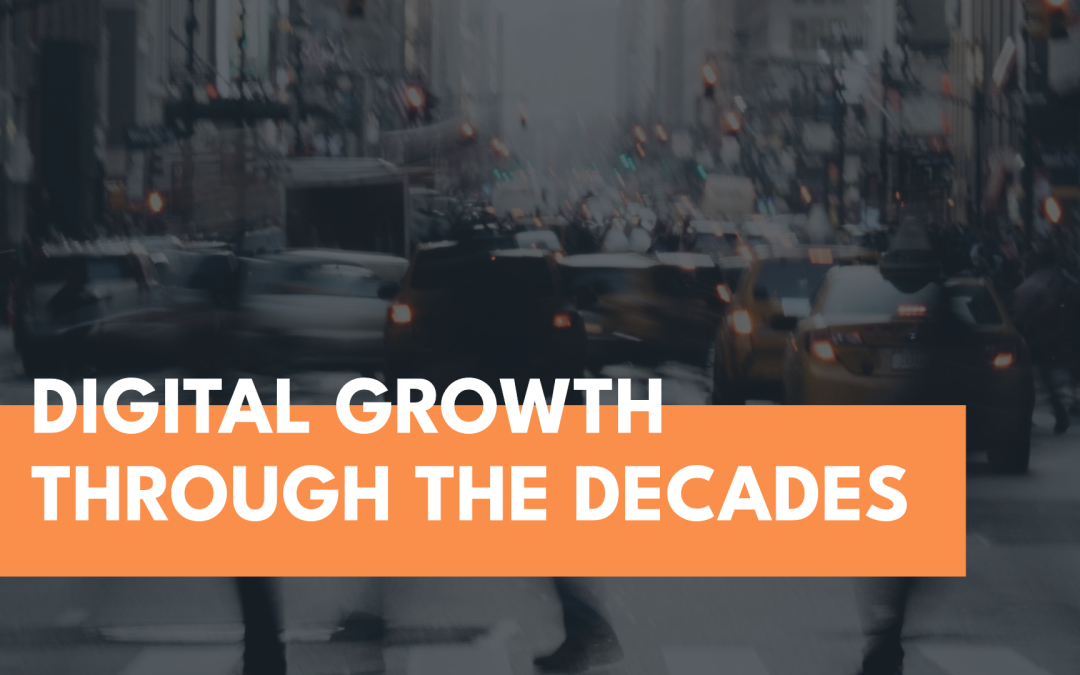The Internet and Cybersecurity Through Time
Since the unleashing of the internet on the world, the digital eras can be defined by the decades. This tells us something about where we’re headed in the years to come.
How Far We’ve Come
The 90s were all about bringing the power of computing into daily life. The internet was commercialized in 1993, and the ensuing years saw a myriad of household-name technologies make their mark; Linux, HTML, MP3s, PCs, DVDs, the World Wide Web, and the Internet at large. Now, things that had been done separately – television, radio, typewriter – could be combined and connected with others doing the same things. That was only the tip of the iceberg.
The early 2000s saw the expansion of that connectivity and the strengthening of internet ties around the world. Microsoft Windows XP and Apple Mac OS X both debuted early in the decade and modernized the consumer computing experience. This made it easier to spread because it was easier to use. While the internet of the 1980s had been a secretive web of tech-savvy aficionados and the internet of the 1990s had been largely commercial, the 2000s saw computing on a more personal level. Even though it required a home computer and a dial-up connection, it was in homes, and it was here to stay. This era saw the advent of further consumer uses that further broadened its appeal: Bluetooth, iPods, USB flash drives, and camera phones.
The years between 2010 and 2020 saw the drive of big data. All of those connected machines had to generate something, and they did. Personal information became sellable (well, more than ever), and those billions of data points collected on who visited what site, what they bought, and how long they stayed – now became valuable. The lucrative data industry of the 2010s was spurred on by the sheer availability of it all – on social media, apps, devices, and in online traffic – and its usefulness to buyers. Organizations of all varieties realized the usefulness of consumer information, and some – like Cambridge Analytica – found a way to exploit it. People were becoming commodities, and rules needed to be put in place to stop them.
The Decade of Data Privacy
That spurred the data privacy-driven era of the 2020s. Now, we’ve realized we will never exhaust our data stores and that they’ll never go away – so the best thing to do is protect them. GDPR, CCPA, and other international data privacy laws were put into place and last year the US considered the groundbreaking American Data Privacy and Protection Act that would preempt a lot of established state laws.
The point is that now is the era where data privacy, and therefore cybersecurity, is king. We see a huge trend – from government agencies to regulatory commissions to insurance firms and corporate entities – moving towards information discretion and conscientiousness. The value of information has been recognized and is now being protected like the irreplaceable commodity that it is.
The data is out there – but those who profit from it are the ones who retain the rights to it, and those are often protected at high technological cost.
Higher Demand, Lower Resources
The problem is that all of this data drives a dearth of resources. From the hiring crisis brought on by the cyber talent crisis to the sheer volume of traffic generated by a single website daily, resources in this brave new digital world are being stretched to maximum capacity. This is especially true of companies that now source their data in the cloud, where avenues for expansion are innumerable, and things are even harder to keep track of.
As the world trends towards more, more must be done to protect it all. The need for data security has never been higher and will only continue to grow, but the ability for companies to take care of it all – and be compliant, current, and competitive – is starting to slip. Certain organizations, like SMEs, struggle harder than others as malware operators ramp up operations and don’t care how small – or understaffed – you are. It’s a fact of the animal kingdom that survival goes to the fittest, so in today’s aggressive data economy, companies need to make sure they’re not the weakest link.

What the Future of Cybersecurity Looks Like
That’s why a managed cybersecurity partner is such a boon to companies struggling to survive this latest era of digital advancement. Just like Napster and AskJeeves, there will be some casualties along the way, but with the right support, there’s no reason that well-informed organizations need to suffer.
The need to outsource and bring in managed security services mirrors the similar mid-2000s rush for connective services like Cisco and Salesforce. Now, every business – big or small – is required to not only maintain massive infrastructure demands but secure them. From endpoints to remote workers to email servers, Shadow IT, IoT devices, and hosts of users on social media, the demands to secure disparate data streams have never been higher.
Once, the watchword was “every company is a software company,” but now we can add “and an infrastructure company”. Fortune 500s, whether they be in manufacturing, finance, oil and gas, healthcare, IT, or retail, now share the same overwhelming access to connectivity and information, and the “information superhighway” of the 1980s now needs a toll booth.
The Trend Towards Managed Services
Because the 2020s will be defined by data privacy, this piece is a central business component for organizations across each industry and vertical. However, not all are properly equipped to navigate this complex, highly-specialized and rapidly-evolving ecosystem of cyber threats.
That’s where a managed partner comes in. Managed security services, like the ones you’d get with Port53, help companies get their heads above water and benchmark where they are on the road to cyber maturity. With the threat landscape expanding at its current rate (there were over 10,000 new ransomware variants discovered in the first half of last year alone), companies need an expert to guide them through the jungle.
You wouldn’t even run a 5K without proper training, so why go into the data privacy decade unprepared and uninformed? Yes, you’ll need enterprise-level tools at affordable prices, but which ones? And who will staff and run them? And how do you get the most out of the latest security technologies without waiting a year for your team to upskill or spend hundreds of thousands of dollars hiring new (and in-demand) cyber professionals?
The right cybersecurity vendor will not only provide context and guidance but a team of 24/7/365 experts who can save you the trouble of building an in-house team. Port53 will be there to help you choose the best solutions and navigate the next few decades as the digital world continues to promise change.

Dive into XDR
Staying ahead of sophisticated cyber threats requires a comprehensive and unified approach, and this is where Cisco XDR (eXtended Detection and Response) emerges as a game-changer. Let's delve into the key aspects that make XDR a critical element in cybersecurity...

Cisco Acquires Splunk SIEM Tool
Cisco has acquired Splunk's Security Information and Event Management (SIEM) tool for a whopping $28 billion. This acquisition marks a pivotal moment in the cybersecurity industry, as it brings together two giants to enhance threat detection, incident response, and...


Recent Comments